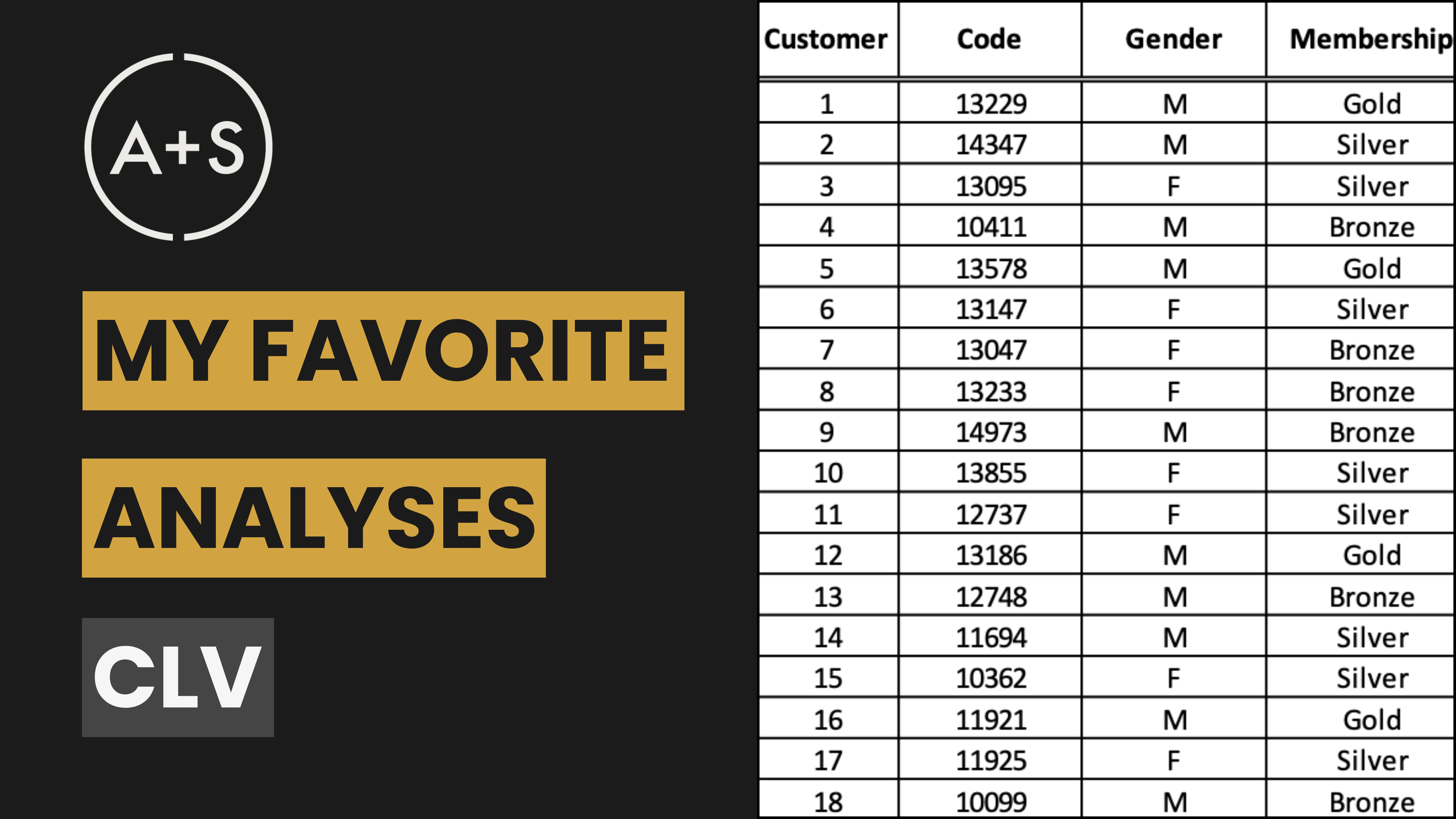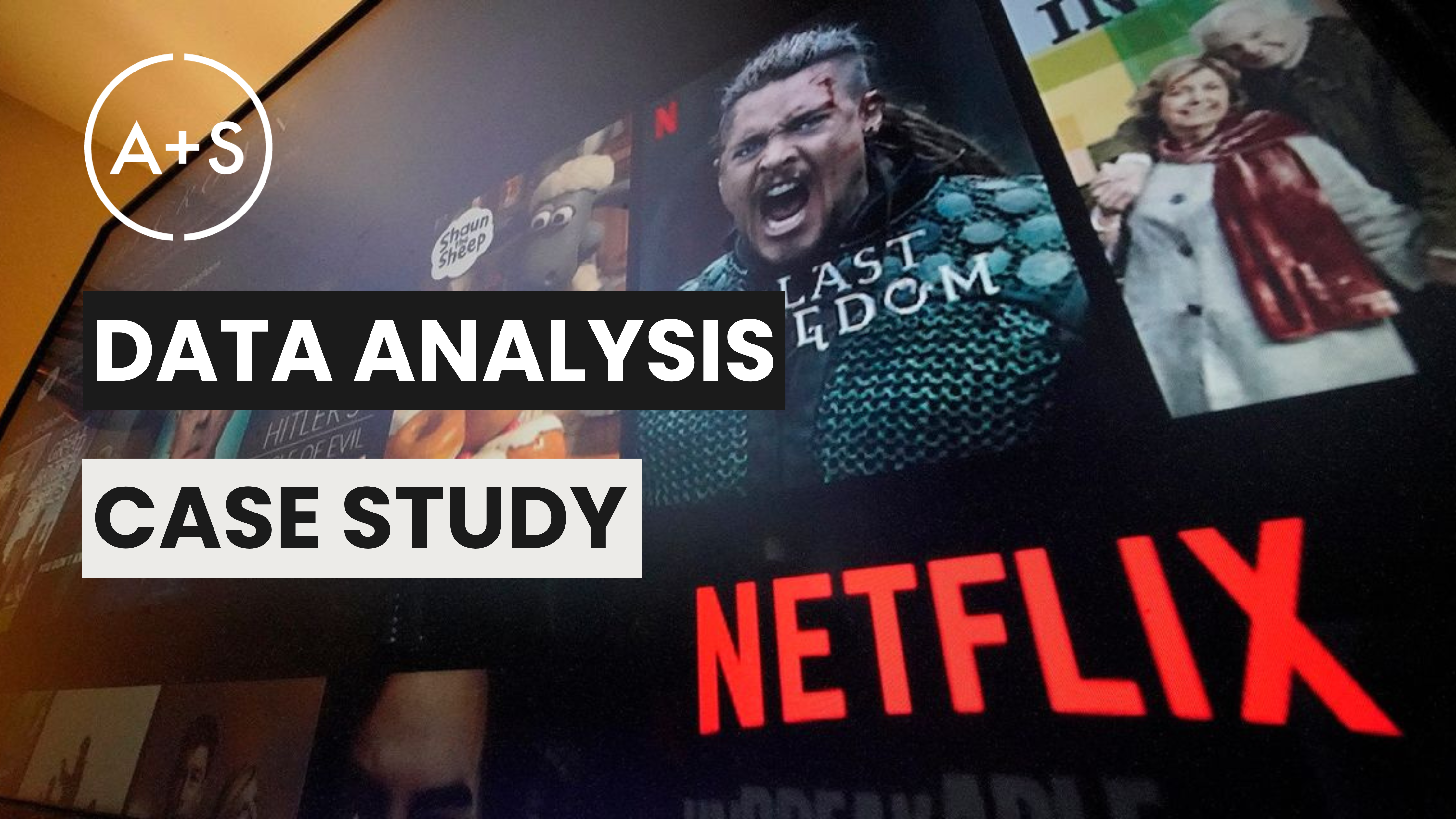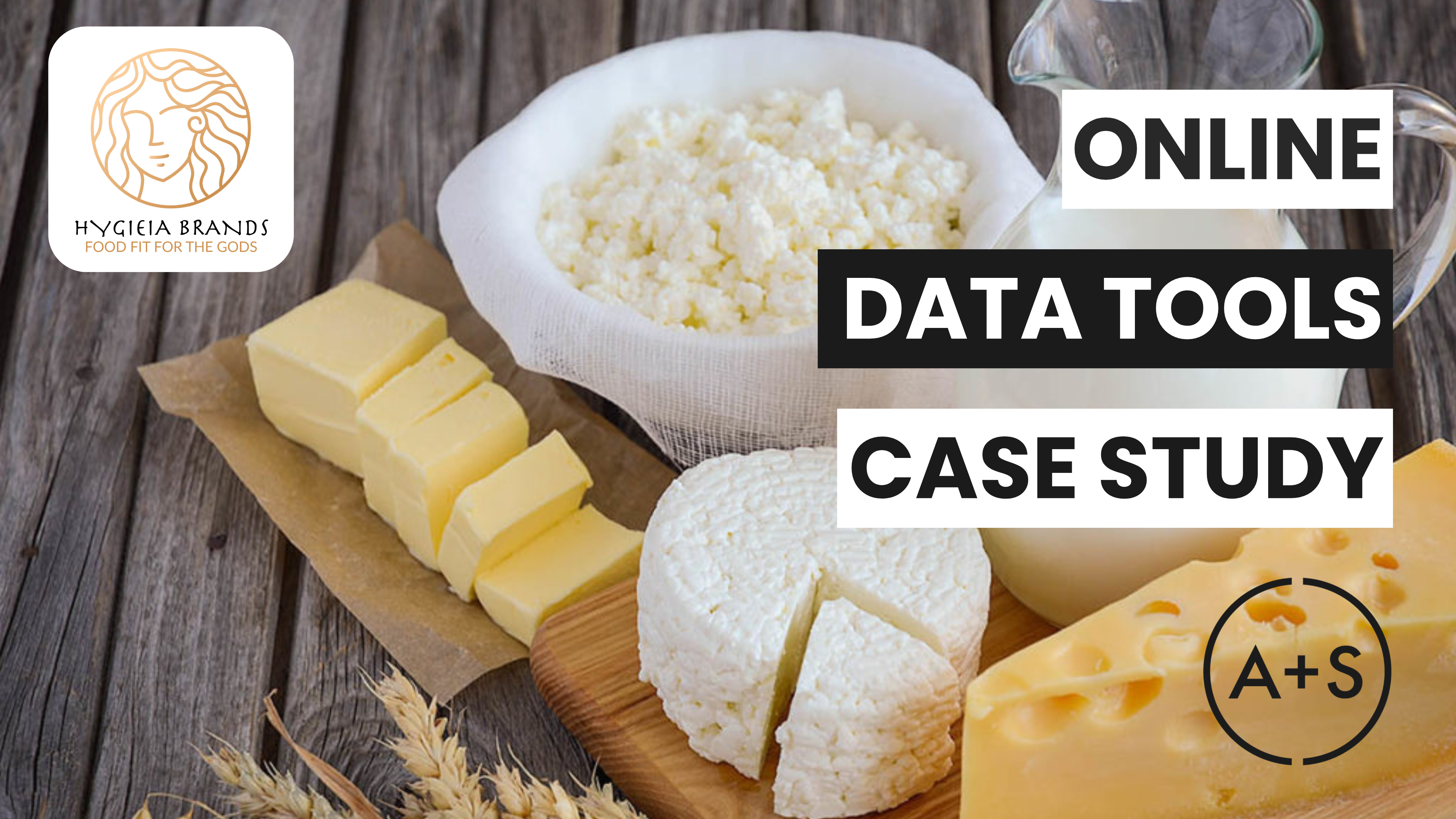Last week, I had a fantastic time in Nashville presenting my thoughts on ROI optimization to the American Marketing Association. I’ve found through some primary research conducted this weekend that pushing a discussion of ROI Optimization (or the finer points of marketing research, the intricacies of Marketing Mix Models, the nuances of attribution, etc.) at Super Bowl watch parties brings a swift end to a conversation. So being able to nerd out with a group of engaged, likeminded marketers in a beautiful Nashville, TN venue on a rainy Friday afternoon was a thrill.
I come at the ROI conversation a bit differently from others in the digital measurement space. Articles I read, videos I see, and POVs I endure typically discuss intensifying the focus on digital conversions, choosing the proper measurement tools, and (insert strong eye roll and hair pulling) strenuously managing efficiency metrics to squeeze every possible penny from each ad impression.
My approach to ROI measurement, somewhat conversely, begins with the premise that the primary focus of digital marketing should be customer relationships, not transactions. Brands differentiate themselves, grow loyalty, and create long-term value through the relationships they maintain with consumers. When these relationships are successful, the end result is more frequent, more profitable, more meaningful transactions anyway. Cultivating relationships is a more sustainable and scalable path to improved ROI.
Furthermore, marketing ROI is maximized through a company’s ability to build deep customer relationships which is – as we will see – a leadership challenge, not a technological challenge.
The journey I describe to optimized marketing ROI requires a blend of ART+SCIENCE and covers three ideas: (1) The need for marketers to commit to Marketing Science; (2) How that science should be (nay, MUST be) applied to the art of their marketing; and (3) The requirement that brands embrace a growth mindset.
Committing to Marketing Science
Best practices in marketing measurement are simple to define. Today, companies that are on top of their measurement game do so with an approach that includes:
-
Always-on testing with results used to influence campaigns across channels while they’re running
-
Privacy-safe data collection across all websites and apps, for all campaigns along with important offline events
-
Measurement methodologies that embrace market-leading approaches to A/B testing, incrementality, media mix modeling, and attribution
-
Cross-channel and cross-device consumer path measurement, with metrics linked to business value and modeling to fill data gaps
-
Performance measurement with campaign metrics tied to business results that are ultimately viewed through the lens of CLV
-
Web analytics suite operated internally and connected to other systems (e.g., a DSP, CDP, etc.)
Realizing the full value of your marketing means that you have these elements in place, apply them correctly, and maintain the talent in your organization to keep them humming. However, for the vast majority of companies, the reality of best-practice measurement remains elusive for a variety of reasons.
How elusive? The best way I know to quantify the challenge of moving to best-in-class measurement is through an established and robust testing methodology developed by The Boston Consulting Group in collaboration with Google. Called the Digital Maturity Benchmark, BCG conducted extensive interviews with industry experts and surveyed (at this point literally) thousands of companies to establish a set of best practices across several domains of digital operations, including measurement.
BCG found that companies shake out along four categories of digital maturity: Nascent, Emerging, Connected, and – at the top end of the maturity scale – Multi-moment. Advancing along this scale means companies are doing important things like integrating data across channels, linking marketing performance to key business outcomes, and dynamically executing advertising campaigns. BCG also found that at each stage of maturity brands improve the efficiency and the effectiveness of their marketing to the tune of +16 percentage point growth in revenue and −13 percentage point reduction in cost. So, to recap: More Digital Maturity = More Revenue + Lower Costs.
Yet despite the clear benefits to maturity only a very exclusive group of brands realize the full potential of data-driven strategies. As of 2021, just 9% of companies in the BCG survey achieved Multi-moment status, while Connected (48%), Emerging (36%), and Nascent (7%) fill out the vast majority of the scale. BCG appears to release an update of their study results every few years, so I expect a new study to emerge (but I don’t expect the results to change much).
One of the main reasons for this apparent lack of digital maturity is confusion. With the explosion of marketing technologies, advertisers are faced with the challenge of wading through a superabundance of digital marketing solutions. According to the annual martech marketing assessment conducted by Scott Brinker of ChiefMartec, in 2023 the martech landscape has grown to now contain 11,038 solutions — an 11% increase from the 9,932 identified last year. The dawn of the AI Era has only quickened the pace of creation such that we will doubtless see another dramatic leap in the number of companies offering to enhance, streamline, and optimize nearly every marketing task and process.
Pushing through the confusion to realize measurement best practices and a high level of digital maturity can be done incrementally but must begin with a fair and honest assessment of where you sit today. I recommend the BCG / Google survey as a way to baseline your digital maturity found here. The survey doesn’t take long to complete and will output a thorough gap analysis across a variety of digital capabilities. With results in hand you’ll be on your way to improved digital operations.
Bringing Science to the Art
Adding best-practice capabilities open new worlds of opportunity to brands. When implemented and integrated in the right way, measurement becomes a growth engine for the enterprise by optimizing ad creative – which estimates say accounts for 56% (Nielsen) to 70% (Google) of a campaign’s ROI. Doing so doesn’t require fancy technology. It requires a leader with a clear vision for the importance of bringing marketing science to the art of digital advertising.
At Google, a novel approach was developed, setting a benchmark for best practices in measuring the impact of advertisements on consumers. The Google Media Lab, directed by my friend Avinash Kaushik, built a global creative pretesting program that epitomizes innovative ROI maximizing strategies. This program meticulously evaluates key facets of an ad’s creative execution – ranging from its messaging and art direction to the nuanced inclusion of brand assets, music, and voiceovers – through a process that leverages test and control groups.
For a small media investment, the program shows ads to test and control groups in a controlled lab setting followed by a selective distribution of ads to group participants in their daily environments, whether at home or work. Surveys collected following the ad exposures are translated to “scores” for the ads – indicating whether the ad will succeed or fail (or land somewhere in between) when compared against a set of norms. This methodology gives Google an exceptionally precise forecast of an advertisement’s performance before committing significant money to it. Enhancing this process, the Media Lab employs classification and decision tree machine learning models to analyze campaign performance data. This step validates the norms established during pretesting, enabling a clear distinction between effective and ineffective ads. Termed “Win Before You Spend,” this strategic approach has significantly contributed to Google’s ability to optimize its advertising investments.
But here’s the important part: There is, as Avinash would readily admit, no magic to the Google approach. In fact, almost any company that invests in online video, display, or even search ads could use the same program to discover their own leading indicators of ad success and norms. Simple test and control processes are immensely accessible and easy to construct (even if they must be implemented in an exact manner…but that discussion is for a later post). What separates Google is the steps it takes to embed rigorous testing and data analysis at the heart of its advertising strategy. You don’t need to be a Tech Behemoth to act in that way. But you must be a leader who demonstrably commits to marketing science and then bring that science to the art of your advertising
Embracing the Growth Mindset
One other thing required to maximize marketing ROI is the adoption of a growth mindset. This leadership mindset, which is a shift from traditional, cost-focused metrics to a broader view emphasizing customer lifetime value and overall profit, is crucial. A growth mindset perspective empowers advertisers to transcend the limitations of short-term efficiency and embrace the potential for expansive growth. Understanding the fundamental difference in approach can be the key to unlocking success.
My friend Nicolas Darveau-Garneau likened the concept of an advertiser’s mindset to the natural growth of sequoias or bonsais. Sequoias, towering and majestic, despite their imperfections, continue a never-ending path to the heavens. Bonsai trees, on the other hand, stay artificially small due to the arborist’s focus on perfection in every campaign detail. Nick’s experience with hundreds of advertisers reveals that those adopting a “sequoia” approach – prioritizing growth and scale – consistently outperform their “bonsai” counterparts, who focus on efficiency and perfection.
Embracing a growth mindset in advertising does not equate to expanding the size of campaigns or increasing budgets without foresight. It requires advertisers to strategically invest in what truly drives efficient business expansion. By focusing on metrics that matter over the long term, such as customer lifetime value and profit, advertisers can drive their campaigns to reach sequoia-like heights. This approach demands a willingness to accept imperfections and to learn from them, fostering a culture of continuous improvement and learning. By doing so, businesses not only maximize their ROI but also secure sustainable, but more effectively point their measurement toward the challenge of building long term customer relationships.
In Conclusion
As we discussed in Nashville, the journey to optimized ROI isn’t paved with the hottest new tool or the meticulous management of costs. It’s built on the strategic bedrock of measurement best-practices, effective creative advertising that resonates with your customers, and a mindset geared towards expansive growth. Walking this path requires an unwavering commitment to marketing science, an openness to continuous learning, and, importantly, the courage to embrace the imperfections along the way.




